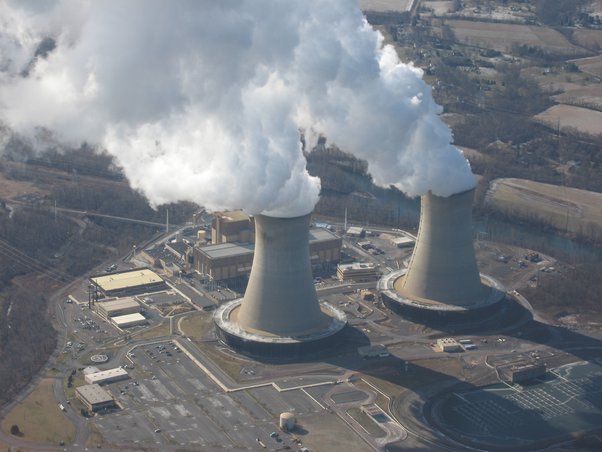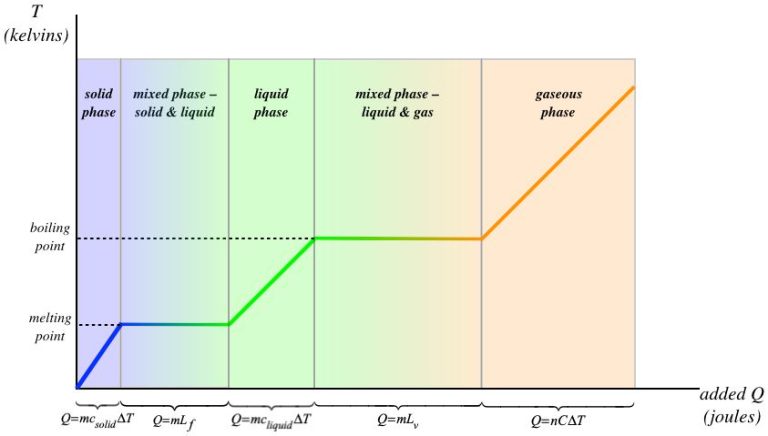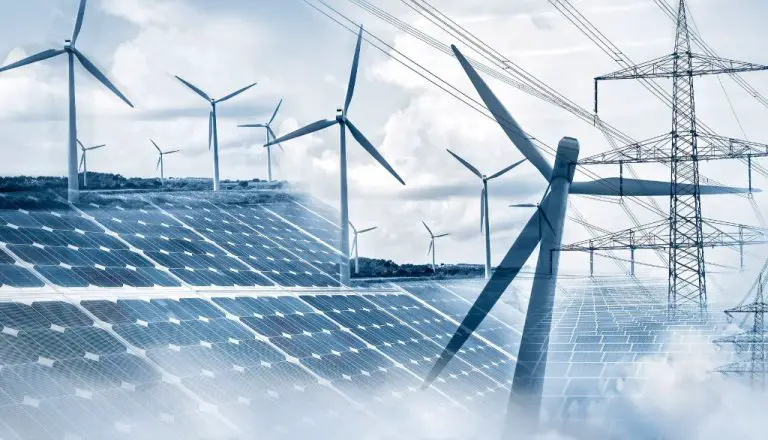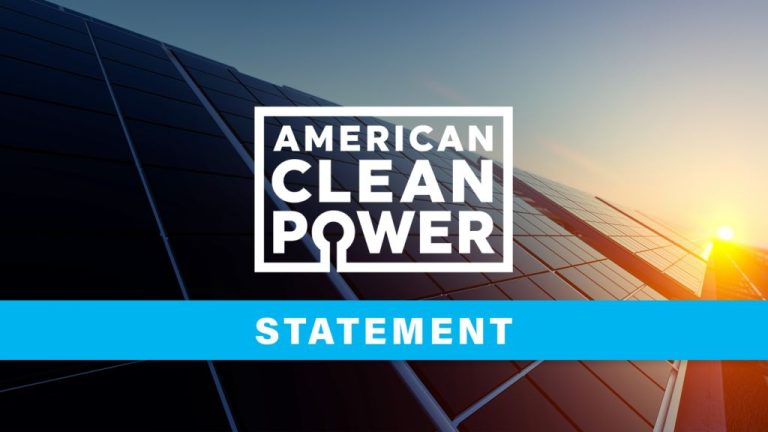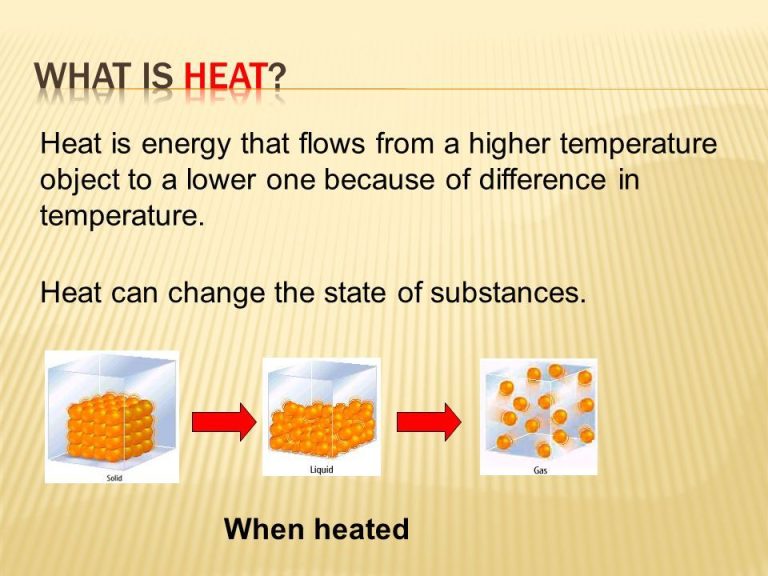Can You Sell Electricity Back To The Grid In Kansas?
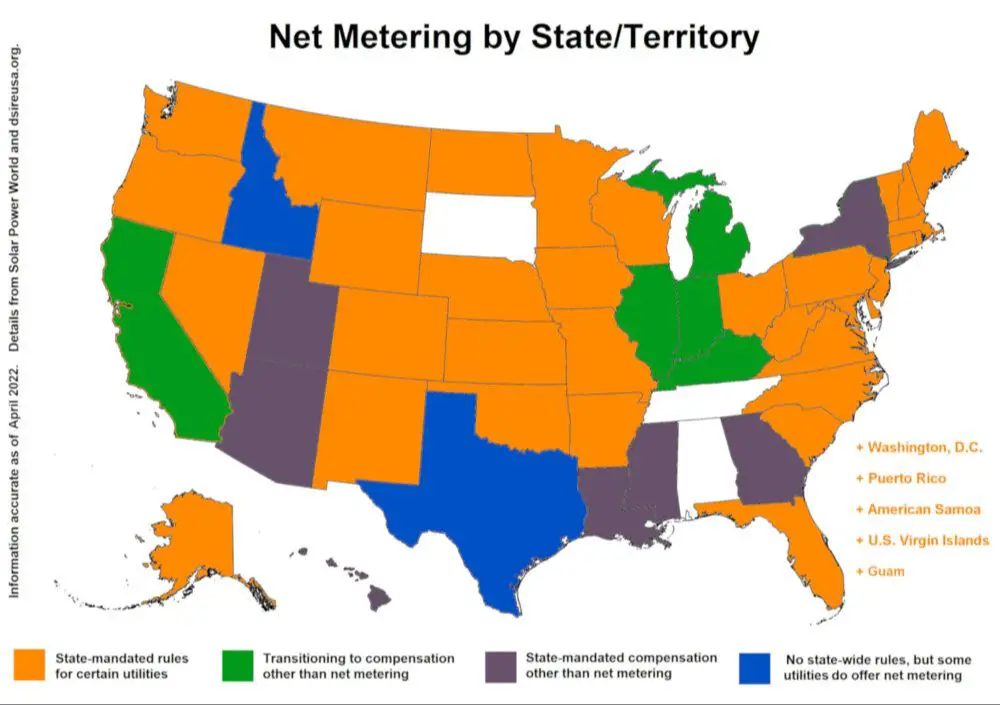
Net metering is a billing mechanism that allows homeowners and businesses with renewable energy systems, such as rooftop solar panels, to sell excess electricity they generate back to the utility grid. Under net metering, electricity generated from a renewable system offsets electricity consumed from the grid during a billing period. If the system generates more electricity than is consumed, the extra electricity is sold back to the grid, spinning the customer’s electric meter backward. This enables customers to receive credits on their utility bills.
In Kansas, net metering policies allow residents and businesses to connect renewable energy systems to the grid and sell surplus electricity back to their utility. This provides an opportunity to offset electricity costs while supporting renewable energy growth in the state.
Net Metering in Kansas
Kansas adopted a statewide net metering policy in 2009 with the passage of the Net Metering and Easy Connection Act (https://www.kcc.ks.gov/images/PDFs/electric/net_metering_faq.pdf). This law requires major electric utilities in Kansas to offer net metering to customers who install renewable energy systems, like solar panels or wind turbines. Net metering allows customers to earn credits for any excess electricity they generate and send back to the grid. These credits can be used to offset electricity drawn from the grid during times when their system is not generating enough to meet their needs.
Prior to the Net Metering Act, net metering in Kansas was limited. Only a few utilities voluntarily offered net metering programs. The law now mandates net metering statewide and requires uniform practices. The Kansas Corporation Commission oversees implementation of the law.
The stated purpose of the Net Metering Act is to promote renewable energy systems installation, encourage private investment, stimulate in-state economic growth, and enhance the continued diversification of Kansas’ energy resources (https://programs.dsireusa.org/system/program/detail/3403). As of 2022, over 1,100 customers participate in net metering programs with Kansas utilities (https://www.kcc.ks.gov/electric/net-metering-in-kansas).
Who Can Participate?
In Kansas, net metering is available to most customers of the major investor-owned utilities like Evergy and Westar Energy. This includes residential, commercial, industrial, and government customers. Net metering eligibility extends to schools, colleges, universities, and hospitals as well.
To qualify for net metering in Kansas, you must own or operate a solar, wind, biomass, landfill gas, or hydropower system located on your premises that is sized to provide no more than 15 kW for residential customers or 200 kW for non-residential customers. The system must be intended primarily to offset your own electricity consumption.
According to the Kansas Corporation Commission’s Net Metering in Kansas guidelines, customers must have signed an interconnection agreement with their utility and have a bi-directional meter installed to participate in net metering.
What Systems Qualify?
In Kansas, the following renewable energy systems qualify for net metering according to the Kansas Corporation Commission (KCC):
- Solar photovoltaic systems up to 1 megawatt (MW) in capacity (Net Metering, 2023)
- Solar thermal electric systems up to 1 MW in capacity (Net Metering, 2023)
- Wind turbines up to 100 kW in capacity (Net Metering in Kansas, 2023)
- Methane or biomass systems that generate electricity with a capacity up to 1 MW (Net Metering, 2023)
The key requirements are that the renewable energy systems must be located on the customer’s premises, intended primarily to offset the customer’s electricity usage, and owned or leased by the customer (Net Metering in Kansas, 2023).
Metering and Billing
Net metering in Kansas uses bi-directional metering to measure both the electricity consumed from the grid as well as excess electricity fed back to the grid from the customer’s renewable energy system. This allows customers to offset their electricity usage with any excess generation from their system. According to the Kansas Corporation Commission, net metering customers are only billed for their net energy usage each month – i.e. the amount of kWh consumed from the grid minus any excess kWh generated and fed back to the grid.
At the end of each billing cycle, if the customer has fed more electricity back to the grid than they have consumed, they will receive a credit on their bill for the net excess generation. This credit can then be applied to future bills to offset electricity drawn from the grid. Credits rollover month-to-month indefinitely and do not expire. At the end of each calendar year, any remaining unused credits are granted back to the utility without compensation.
Size Limits
In Kansas, the maximum system size for net metering varies based on the customer type and utility provider. According to the Kansas Corporation Commission (KCC), residential customer-generators are limited to 25 kW, while commercial and industrial customers can install systems up to 200 kW. Schools and government entities can install net-metered systems up to 150 kW.
The major utility providers in Kansas – Evergy and Midwest Energy – follow the KCC’s size limits. Specifically, Evergy allows residential customers to install net-metered systems up to 25 kW and non-residential customers up to 200 kW (DSIRE). Midwest Energy also follows the 25 kW residential and 200 kW commercial limits outlined by the KCC.
These size restrictions aim to ensure systems are properly sized to match the customer’s electricity load. As explained by the KCC, customers should size their systems to support the needs of their home or facility (KCC). Excessively oversized systems are not permitted under Kansas’ net metering rules.
Reimbursement Rates
In Kansas, customers with net metering systems are reimbursed for excess electricity sent back to the grid at the utility’s retail rate. This is known as net metering at the retail rate. Specifically, under the state’s net metering rules, at the end of each billing period any excess generation (NEG) is credited to the customer’s next bill at 100% of the utility’s monthly retail rate, which is the average cost they pay to purchase or produce a kWh of electricity (Kansas Corporation Commission).
For example, if a customer with Evergy pays an average retail rate of $0.11/kWh and they export 100 kWh of excess power to the grid, they would receive a $11 credit on their next bill. This 1:1 reimbursement policy provides a fair compensation for solar customers in Kansas and helps offset their electric bills.
The full retail rate credit for NEG in Kansas is better than some states like Arizona which only offer avoided cost or wholesale rate reimbursement. However, it is not as generous as states like Minnesota which offer a higher reimbursement rate through a Value of Solar tariff.
Timeline and Process
The process of setting up net metering in Kansas involves several steps:
1. Research and select your renewable energy system. Do your homework to choose the right size and type of system for your home or business, such as solar PV, wind, biomass, hydroelectric, etc. Most customers install solar panels.
2. Apply for interconnection. Submit an interconnection application with your utility, along with any required application fees, diagrams, and technical specifications.[1] This alerts the utility you plan to connect a system to their grid.
3. Install your renewable system. Hire a qualified installer to permit, design and install your renewable energy system after the interconnection application is submitted.
4. Schedule an inspection. Your utility will inspect your completed system for safety and compliance with technical standards before granting approval to operate.
5. Get a net meter installed. The utility replaces your standard meter with a net meter to measure energy flow in both directions.
6. Complete paperwork. Sign any remaining contracts and complete any outstanding paperwork required by your utility.
7. Start generating energy! Once approved, you can turn on your renewable energy system. Your net meter will start tracking energy production vs. consumption.
8. Receive net metering credits. Your utility will credit your account for any excess energy fed back to the grid, offsetting the energy consumed when your system isn’t generating.
[1] https://www.kcc.ks.gov/images/PDFs/electric/net_metering_faq.pdf
Ongoing Requirements
There are some ongoing requirements for customers to remain eligible for net metering in Kansas. According to the Kansas Corporation Commission, customers must submit an annual report by April 1 that includes the following information:
Total energy generated by the system for the previous year
Total energy used from the utility for the previous year
The net energy credited by the utility for the previous year
Customers must also notify their utility if they add capacity to or upgrade their systems. In addition, utilities may require periodic inspections to ensure systems are properly connected and maintained. Customers are responsible for all costs associated with operating and maintaining their renewable energy systems.
To remain eligible for net metering, customers must generate no more than 150% of their total electricity consumption over the previous 12 months. If generation exceeds this limit, the utility may require corrective measures or discontinue net metering services.
Sources:
https://www.kcc.ks.gov/images/PDFs/electric/net_metering_faq.pdf
https://programs.dsireusa.org/system/program/detail/3403
Future Outlook
Recent changes have reduced the likelihood of new net metering customers in Kansas. In 2019, the Kansas Corporation Commission ruled that utilities no longer have to offer net metering to new customers after reaching a cap of 1% of peak demand. This cap has already been reached by many major utilities like Evergy and Westar. Existing net metering customers can continue under the same rules, but there is uncertainty about compensation rates after 2029 when the current rules expire.
Some clean energy advocates are calling for policy changes to boost rooftop solar adoption once again. But utilities argue that net metering shifts grid costs unfairly to non-solar customers. The future prospects for net metering in Kansas remain uncertain given this ongoing debate. Kansas currently lacks strong statewide policies supporting distributed renewable energy compared to leading states. Unless new policies emerge, the economics of rooftop solar may become less favorable over time without full net metering.

